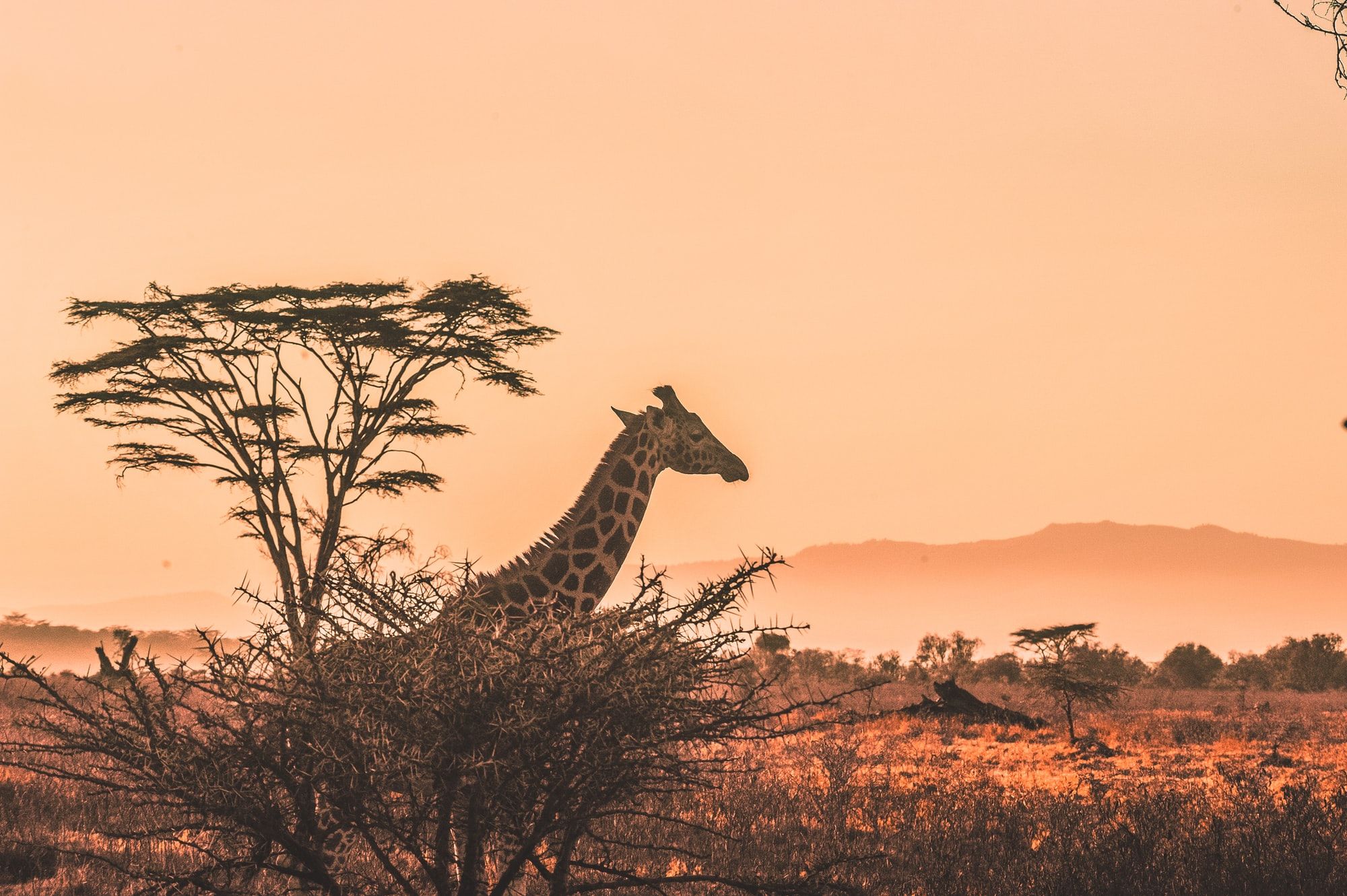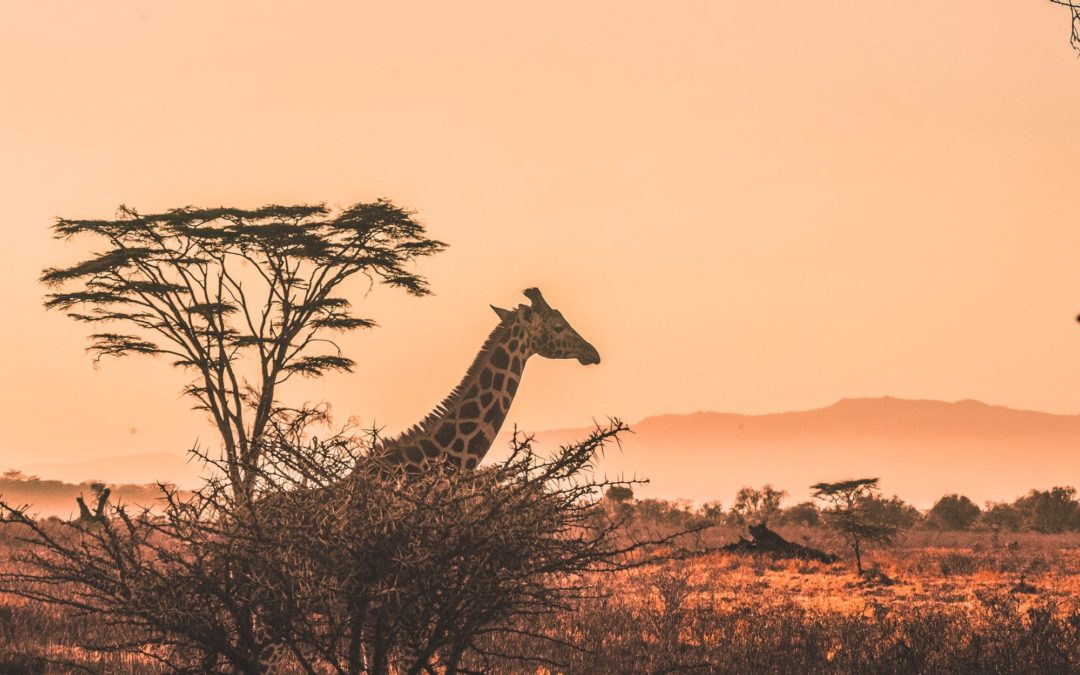
During the pandemic, Kenya’s wildlife have thrived and they’ve even seen a baby boom of over 200 elephants including an extremely rare set of twin babies, something not seen in 40 years. Kenya is taking advantage of their quiet parks, free from tourists, in order to conduct its first ever comprehensive animal count of all its wildlife across the 58 national parks.
Even though the pandemic provided a brief breather for some of the animals, wild animal populations have unfortunately experienced a startling decline in the last few decades. There are more than 1000 native species which call Kenya home at the moment. Now, researchers hope a count of the animals, both landliving and marine, in parks will provide a more detailed picture of the remaining population’s health and that those insights could turn into effective conservation strategies.
Kenya’s Wildlife Service (KWS) is conducting the animal census. When counting the animals the team relies on GPS-trackers, aircraft, camera traps and “on-the-ground” volunteers. The efforts will first and foremost focus on endangered animals like the sitatunga antelope, aardvarks, the pangolin and hedgehogs.
Dr. Patrick Omondi, the acting director of biodiversity, research and planning at KWS, hopes the head count will help them better understand how erratic weather patterns are affecting the animals and have forced their habitats to change.
“We will establish where these wildlife are in time and space,” he says to CNN Travel.
This will make it possible for the team to create a stronger management plan.
“We have seen wildlife going into spaces they have not been in 50 years,” he adds.
KWS plans to have the counting done at the end of July so they can start implementing the data they’ve gathered into conservation efforts hopefully making them even more effective.





